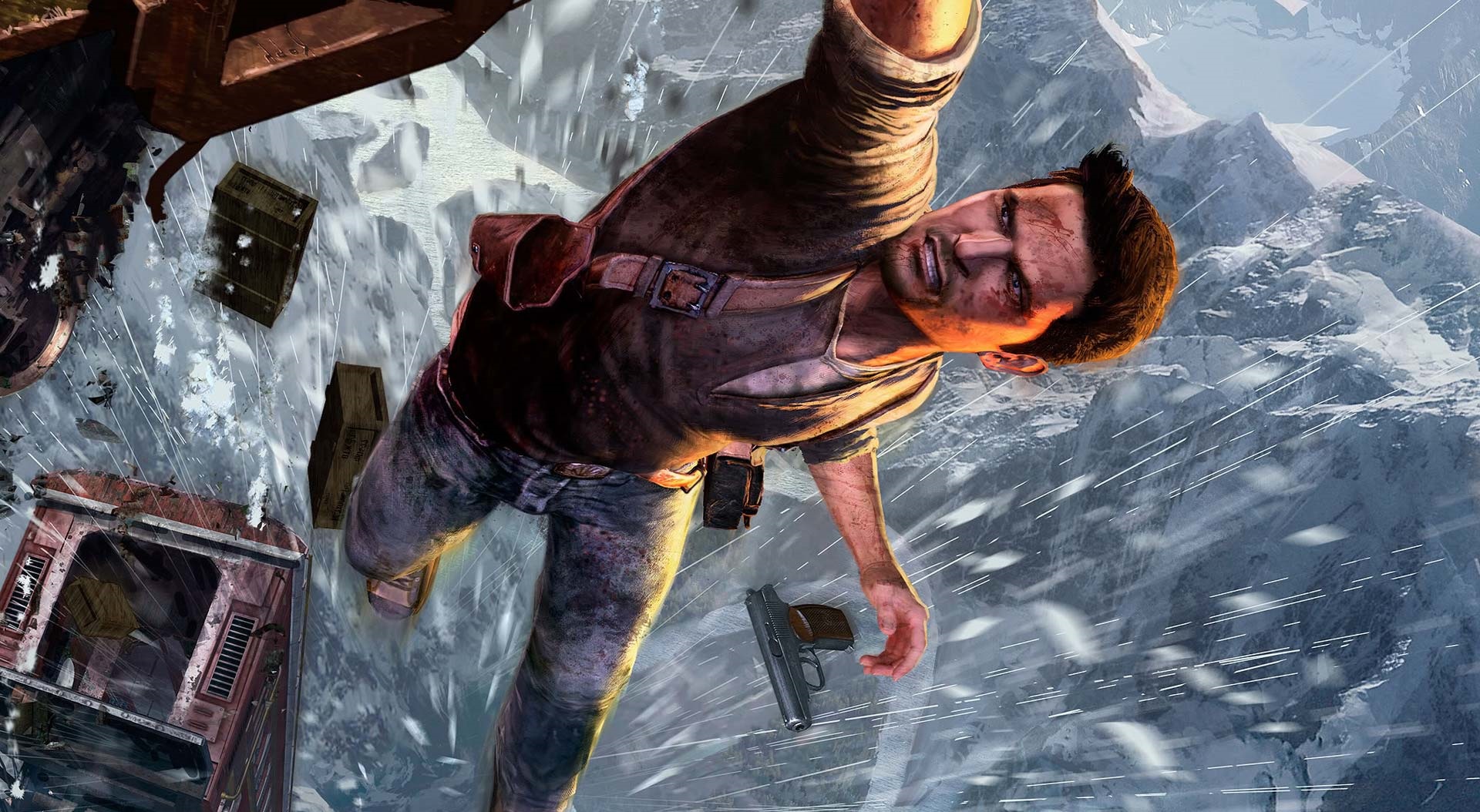Share
C’est Nest Pas Une Game
Trying to describe a Hylics game in a paragraph or less is an exercise is mental gymnastics. Like trying to put a color into words or outline a smell without just shuffling around to the description of other similar smells, Hylics is a sensory experience that requires a description as recondite as it is: it feels like exactly three semesters into private art college, like bizarro novels your ex lent you that all smelled acutely like Walgreens cologne, like your first job working at a copy shop and making 2,000 cheap photocopies of the same blurry Memphis furniture catalog for a man who didn’t speak any English and had one glass eye.

But What Does It All Mean?
Hylics 2 (2020), the sequel to Mason Lindroth’s 2015 predecessor of the same name, polishes up his ambitious aesthetic vision into a narrative sequel that, by virtue of its outré DNA, can easily be played stand alone by first timers to the series. The world of Hylics looks like it’s run through a Risograph twice over: textures are a mix of halftones and posterized photographs, traditional blocky polygons are replaced with undulating claymation roped and smoothed until texture is less recognizable as a landscape and more adjacent to the kinds of abstract posters that people buy to trip acid to. You play as Wayne, a leather-clad cryptid somewhere between an androgynous human man and Mac Tonight, and can accrue a monster mash posse of shaggy creatures that wouldn’t be amiss at an Addams Family reunion.
Ostensibly, the goal of the game is to act as an agent of political warfare: Wayne is instructed by Old Wayne – a version of himself physically somewhere between neonate and reverent elder – to recover political ally Blerol from the vaguely insidious grips of “Viewfax’s edifice”. Wayne must leave the safety of the Waynehouse – aptly named as it’s presumably both his house and the house of two dozen Wayne clones running training drills on the front lawn – and travel West to prevent Blerol from letting his profane knowledge spill into the hands of their mutual enemy.

Visual Jutsu
Though obtuse in the plot department, the real brilliance of Hylics is the aesthetic masterstroke of its combat system. You pick up combat techniques from TVs carved from Sculpey, even static lovingly rendered as jangly sketches doing the Watusi, and the tropes of JRPG combat are used as a loosey goosey framework that grounds the otherwise deeply abstract game in more comfortable territory. You can “Snap” or “Gesture” to go on the offense or select “Thing” or “Brace” for defensive tactics and items, and foes are challenging enough to require active item and team management in order to advance (casuals, beware). Attacks are rendered with low res video of gloved hands that gesticulate to weave spells of clay mush, and enemies – few humanoid, and all abstracted down to striking textures – move with dragging undulation that leaves ‘shroom-like after images that will make your stoner friends sink back into the couch with a meek “whoa”. Foes can cast clay spells all their own in response – which, fair warning, will shred through your team’s health (or, “flesh”) – or they can conjure up black and white photographs of coffee cups or steam engines that add another complex visual element to Lindroth’s dextrous visual style.

As an observer, what makes the Hylics series most remarkable is that you’re never entirely sure how Lindroth achieved the visuals that you’re looking at. The game self-describes itself as “incorporating stop-motion animation, 3D-scanned clay models, and pixel art”, but – much like the obtuse dialogue from characters in-game – within the context of Hylics those descriptors feel like mush mouthed word salad.The stop motion animation is disorienting, and digital and analog art techniques are blended so seamlessly within the messy visual word of Hylics that there are moments where it’s easy to imagine Lindroth not as a developer at all, but as a modern day techno pagan, presiding over some arcane texts previously kept away from our vestal eyes. Through the Hylics series Lindroth pushes beyond easy descriptors of format, transcending genres and aesthetics with genuinely creative use of the thin, tenuous line where analog and digital meet. Hylics may be a video and a game, but it’s also a leather-gloved hand, open palmed, offering a chalice, then a burrito, then a scroll unfurled to reveal all of the visual possibilities of gaming that we never allowed ourselves to consider.




